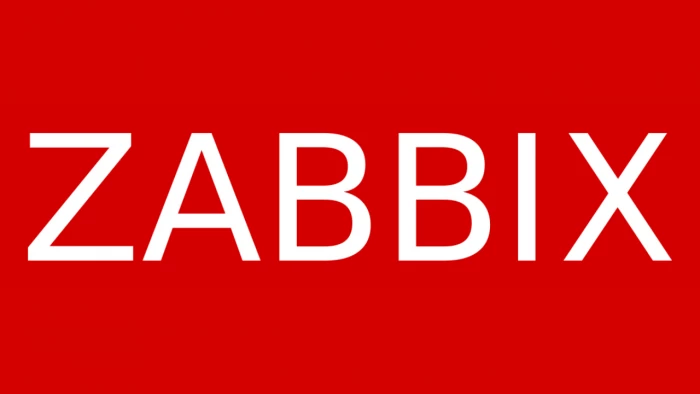When it comes to IT infrastructure monitoring, Zabbix has long been a go-to solution. It’s powerful, open source, and highly flexible — capable of monitoring servers, networks, and applications across complex environments.
But let’s be honest: Zabbix isn’t always the perfect fit for everyone. Its steep learning curve, complex configuration, and limitations in modern observability (logs, traces, cloud, Kubernetes) leave many IT teams searching for better alternatives.
If you’re in that boat, this guide highlights the best Zabbix alternatives for 2025, breaking down their strengths, weaknesses, and ideal use cases.
1. Prometheus + Grafana
- Best for: Cloud-native environments & Kubernetes monitoring
Prometheus is the gold standard for metrics collection in containerized and cloud-native ecosystems. Pair it with Grafana for world-class dashboards and alerting. - Strengths: Scalable, open source, vibrant ecosystem, ideal for Kubernetes.
- Weaknesses: Needs extra components for logs & traces, complex at scale.
- Use case: Teams running microservices or large-scale dynamic systems.
2. Nagios / Icinga
- Best for: Traditional on-prem monitoring
Nagios is one of the most mature monitoring solutions, with Icinga as its modern fork. Both excel at server and network monitoring, with thousands of plugins available. - Strengths: Proven, flexible, massive plugin library, strong community.
- Weaknesses: Dated UI, heavy on manual configuration, less cloud-ready.
- Use case: On-premise IT shops with legacy systems and network devices.
3. Checkmk
- Best for: Ease of setup with hybrid IT
Checkmk is a user-friendly alternative that reduces the configuration burden. It auto-discovers hosts, comes with polished dashboards, and supports both open-source and enterprise versions. - Strengths: Fast setup, good for hybrid environments, polished UI.
- Weaknesses: Some advanced features are paid, and a smaller ecosystem.
- Use case: Businesses that need smooth monitoring without the Zabbix learning curve.
4. Datadog
- Best for: All-in-one observability with minimal overhead
Datadog is a SaaS powerhouse covering metrics, logs, traces, and more. With hundreds of integrations, it’s the ultimate plug-and-play observability platform. - Strengths: Comprehensive observability, managed service, and great dashboards.
- Weaknesses: Cost scales quickly, less control over data (SaaS).
- Use case: Fast-growing teams that want observability without self-hosting headaches.
5. Dynatrace
- Best for: AI-driven insights at enterprise scale
Dynatrace takes monitoring a step further with AI-powered anomaly detection and automatic root cause analysis. It’s designed for enterprises running large, complex environments. - Strengths: Full-stack visibility, automated discovery, predictive analytics.
- Weaknesses: Expensive, potential vendor lock-in.
- Use case: Enterprises needing deep visibility and automated problem solving.
6. PRTG Network Monitor
- Best for: Network-centric monitoring
PRTG is particularly strong when it comes to network monitoring and SNMP devices. It’s easier to deploy compared to Zabbix and offers a user-friendly interface. - Strengths: Simple setup, strong network focus, agentless monitoring.
- Weaknesses: Licensing costs, limited observability (no logs/traces).
- Use case: Businesses prioritizing network monitoring over application insights.
7. LibreNMS
- Best for: Open-source network monitoring
LibreNMS is a free, community-driven tool that specializes in network monitoring with auto-discovery and flexible alerting. - Strengths: 100% open source, active community, strong SNMP support.
- Weaknesses: Less polished UI, fewer enterprise-grade support options.
- Use case: Teams that want a cost-effective, open-source solution focused on networks.
8. Centreon / Sensu
- Best for: Hybrid and modernizing environments
Both Centreon and Sensu combine the flexibility of traditional monitoring with modern features. They provide a smoother UI and are easier to scale than older systems. - Strengths: Hybrid capabilities, modern UI, scalable.
- Weaknesses: Smaller ecosystem compared to Prometheus/Nagios.
- Use case: Organizations are gradually modernizing their infrastructure.
How to Choose the Right Alternative
When picking a Zabbix alternative, think beyond features. Ask yourself:
- Do you need just infrastructure monitoring, or full observability (metrics, logs, traces)?
- Will you self-host, or do you prefer a SaaS solution?
- What’s your budget and scaling needs?
- How important is ease of use vs deep customization?
Final Thoughts
Zabbix remains a solid choice, but it’s not a one-size-fits-all solution. If you’re working with cloud-native apps, Prometheus + Grafana might be your best bet. Need ease of use? Checkmk or PRTG shine. Want all-in-one observability? Datadog or Dynatrace are hard to beat.
The key is aligning the tool with your infrastructure, team skill set, and long-term growth. With the right alternative, monitoring goes from being a painful overhead to a powerful advantage.

